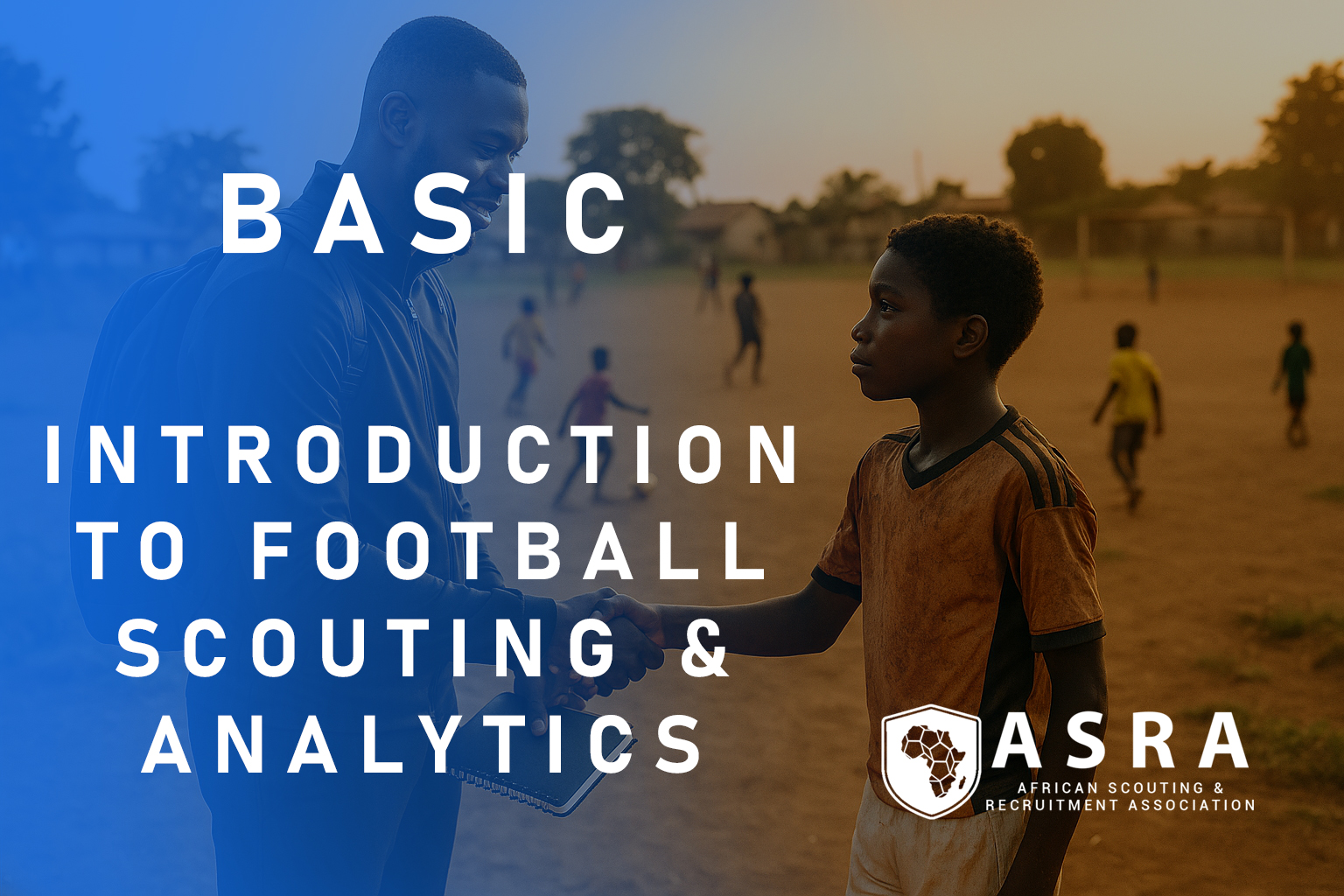
About Course
This introductory course is designed for aspiring football scouts, coaches, analysts, and enthusiasts who wish to understand the core principles of modern scouting. Rooted in African football realities and aligned with global best practices, the course provides a comprehensive overview of what it means to be a scout — from grassroots to professional level.
Learners will explore the responsibilities of a football scout, key observational techniques, the role of KPIs (Key Performance Indicators) and KAIs (Key Attribute Indicators), and how to translate field observations into meaningful reports and databases that serve recruitment and club culture.
Course Content
Module 1: What Is a Football Scout?
-
Module 1: What Is a Football Scout and Analyst
-
Module 2: Introduction to Scouting Types
-
Module 3: Traits of a Good Scout & Analyst
-
Module 4: Tools of the Trade
-
Course Review: Recap of Your Scouting and Analysis Foundations
-
Basic Introduction Test
Student Ratings & Reviews

No Review Yet
